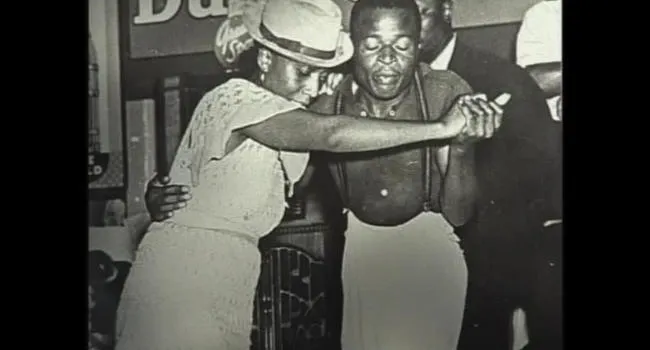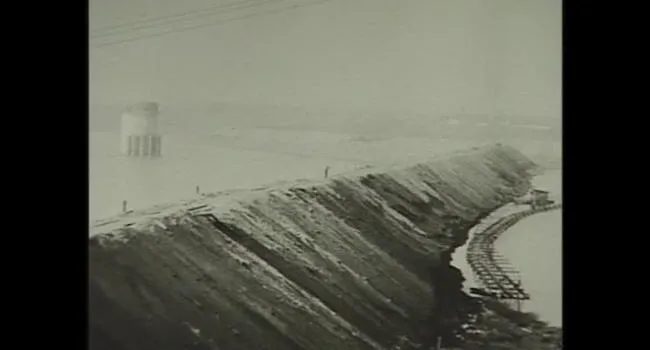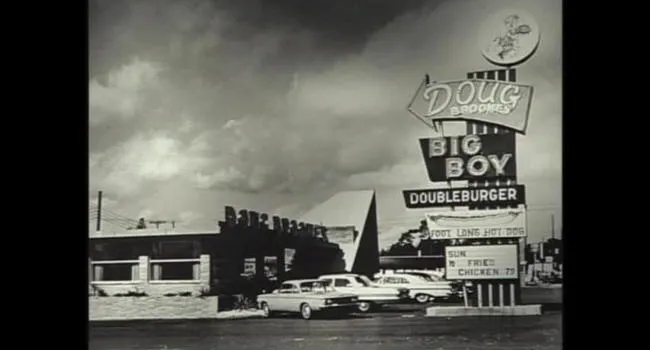After Reconstruction, the local business community thrived in the 1880s. Horse-drawn trollies became common-place in the streets of Columbia, and the Columbia Canal was completed in 1882. “Mill villages” just South of Columbia increased with the number of textile mills popping up around the city. The late 1800s saw the creation of two Columbias: One being the White Main Street area, and African-Americans had business districts around Benedict College, in the Harden Street area. Despite the negativity of Jim Crow laws, there were some benefits for the Black community living in Columbia. The concept of parallel socio-economic development became an established way of life for both communities.
Standards
- 4.5.E Analyze multiple perspectives of the economic, political, and social effects of Reconstruction on different populations in the South and in other regions of the U.S.
- 8.4.CC Analyze continuities and change in the African American experience in the period of Reconstruction and Jim Crow eras within South Carolina.
Después de la Reconstrucción, la comunidad empresarial local prosperó en la década de 1880. Los carritos tirados por caballos se convirtieron en algo común en las calles de Columbia, el Canal de Columbia se completó en 1882. Las “aldeas de molinos” al sur de Columbia aumentaron con el número de fábricas textiles que aparecieron en la ciudad. A fines del siglo XIX, se crearon dos Columbias: una en el área de White Main Street, y los afroamericanos tenían distritos comerciales alrededor de Benedict College, en el área de Harden Street. A pesar de la negatividad de las leyes de Jim Crow, hubo algunos beneficios para la comunidad negra que vive en Columbia. El concepto de desarrollo socioeconómico paralelo se convirtió en una forma de vida establecida para ambas comunidades.






